§1. The Second Syrian War (263 – 254 BCE)
No sooner than the young king had laid his father to rest, the armies of Ptolemy II marched into Antiocheia and besieged the Seleukid capital. Clearly Ptolemy II had seized this brief moment of transition within the House of Seleukos to try to claim all of Syria as his own. Perhaps encouraged by his generals and emboldened by his alliance with the growing power of Rome, Ptolemy II believed himself strong enough to gain the upper hand in the Ptolemaic-Seleukid conflict. Perhaps he still thought of the young king as the dissipated boy at his father’s court.
Ptolemy II Philadelphos (285-258 B.C.)
Whatever the case, the armies of Ptolemy the son of Ptolemy poured forth into Syria. No man of war himself (his interests were intellectual and artistic and he was clearly of a more sensual nature), the attack was instead led by one of his generals, Dexikrates Kanopoios, of whom little is known.
Ptolemy II’s action, by all accounts, took the young king by surprise as the bulk of his army was still stationed with him in Galatia. Antiocheia itself was protected only by a small garrison led by his younger brother, Sarpedon. However, in stark contrast to the Ptolemy, Antiochus II was possessed of the same fibre as the tough old Makedonian chiefs. With nary time to grieve, he immediately marched his army on a tough journey from Ankyra to Syria where he met up with reinforcements led by the governor of Edessa, Pythiades Lydikos.
A bureaucrat unaccustomed to war, Pythiades was so taken by his campaign with the young king that he kept a detailed diary, parts of which survived to this day. Of particular interest is his account on the numbers and composition of the army. Antiochos’ army consisted of 15,000 phalangitai, 2000 peltastai, 3000 mercenary Greek hoplitai, 1,000 elite hetaroi, as well as a contingent of 600 prodromoi (lesser nobility fighting as light cavalry). For his part, Pythiades was able to raise 3000 archers from the nearby Caucasus, 1,500 heavy Persian archers, and 1,500 Babylonian spearmen. This army was to finally arrive outside the besieged city to find the army of Ptolemy attacking the walls.
a. The First Siege of Antioch



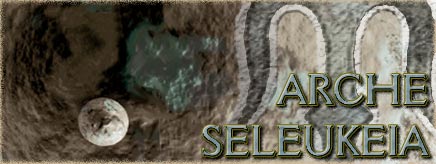



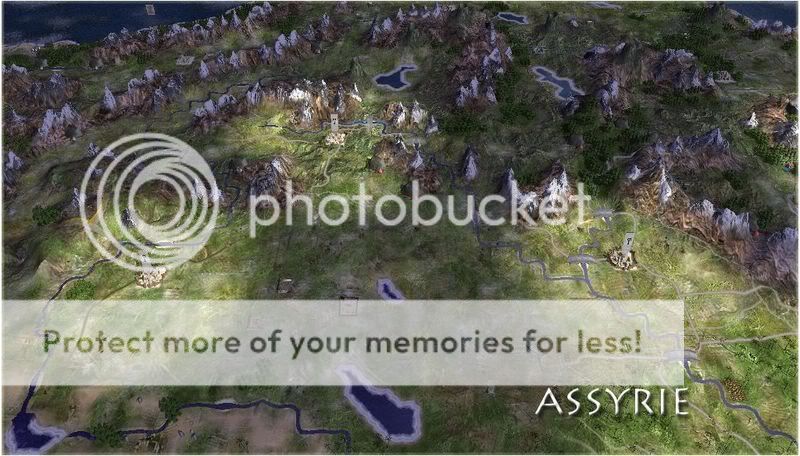


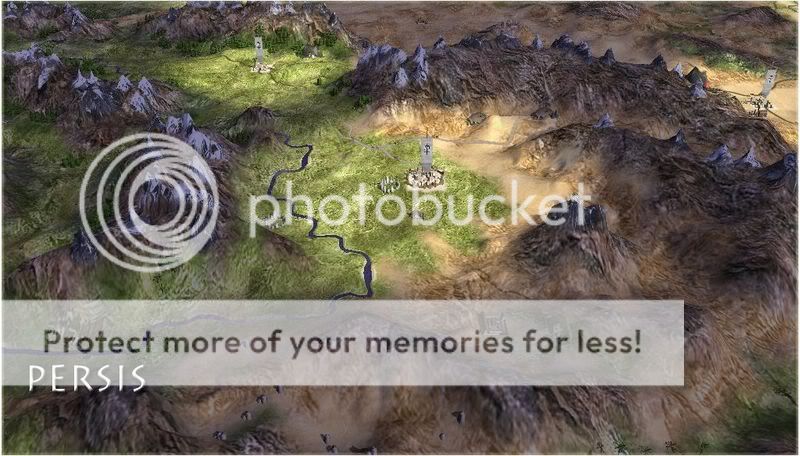
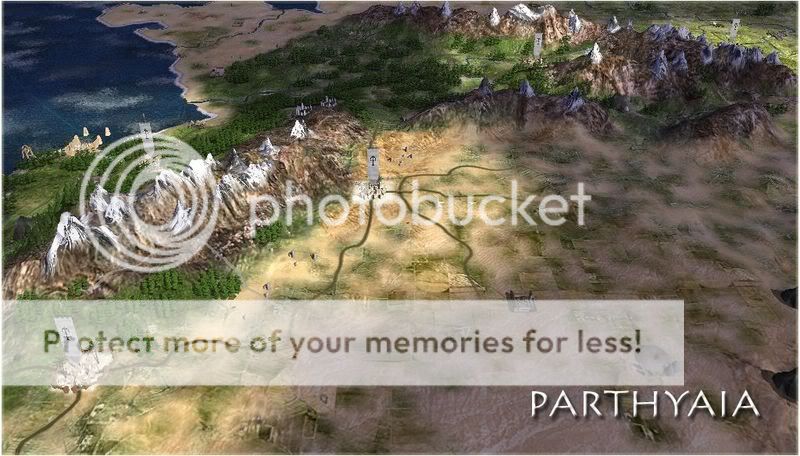
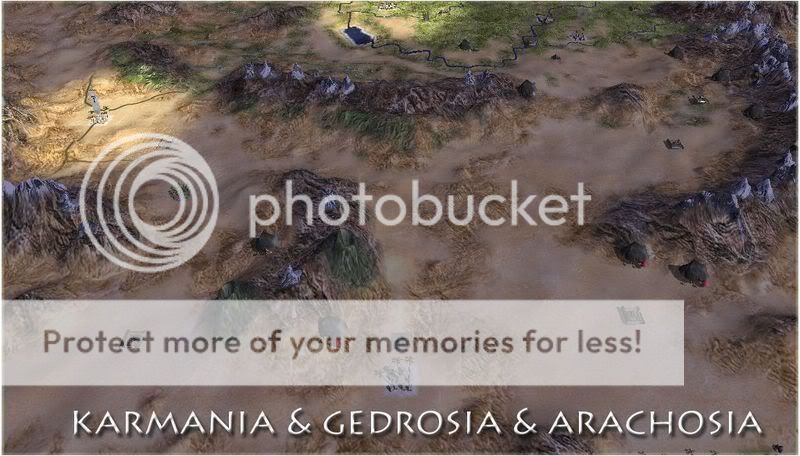
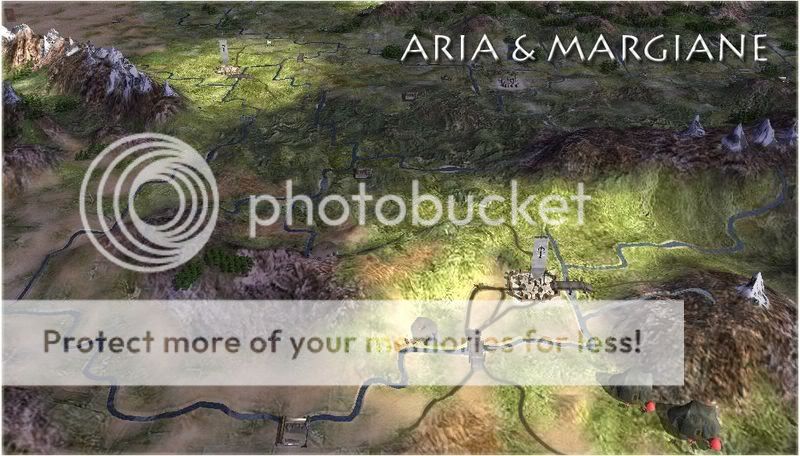
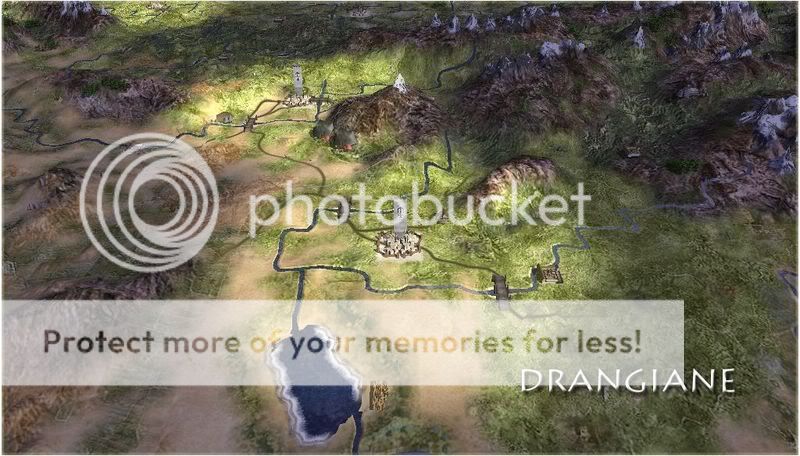



 Reply With Quote
Reply With Quote
 could be that :P
could be that :P 








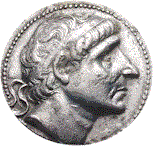

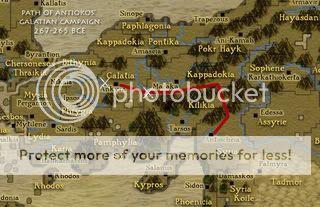












 . Question though, you seem to take a historical approach, is this something you will keep doing througout the AAR?
. Question though, you seem to take a historical approach, is this something you will keep doing througout the AAR?







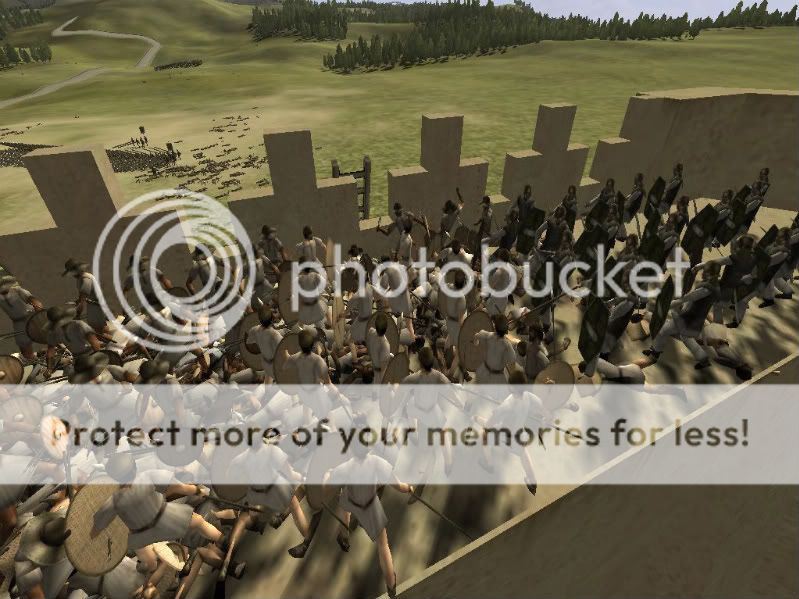
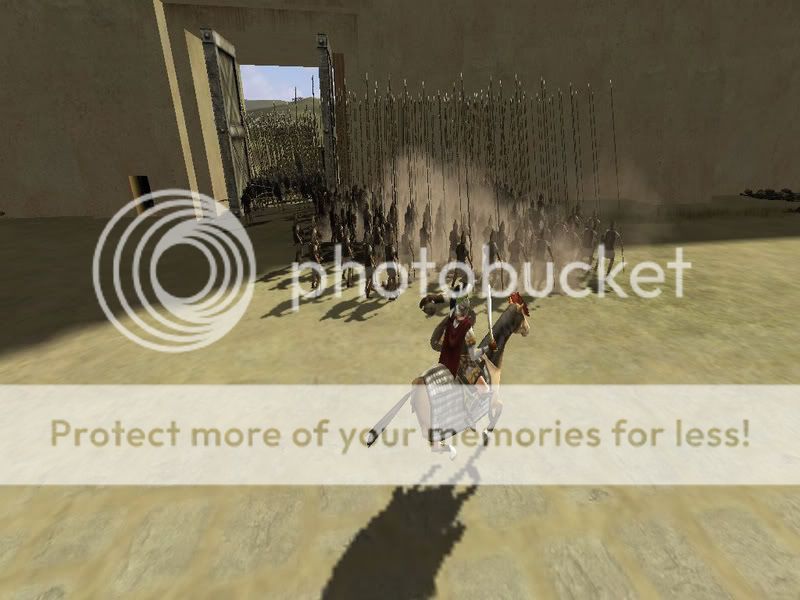
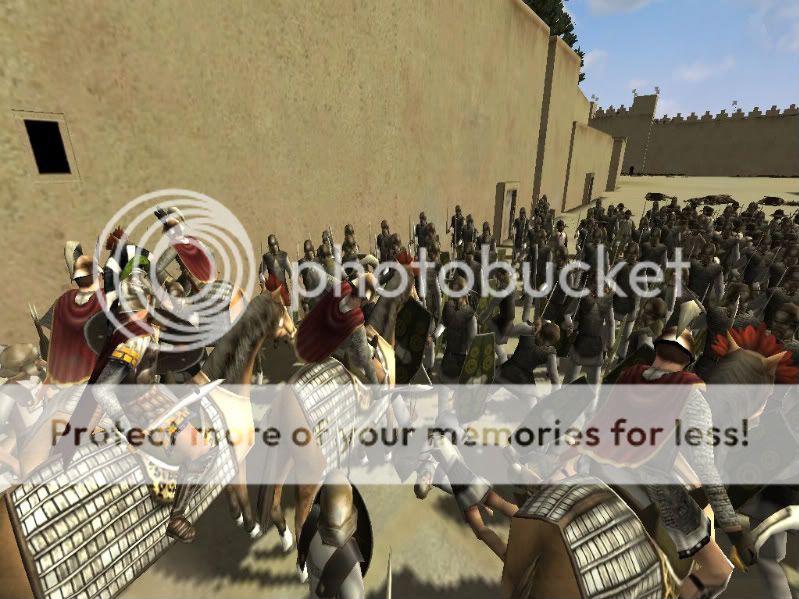
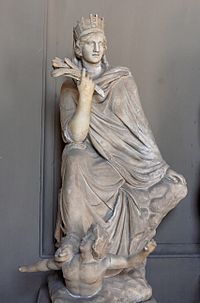
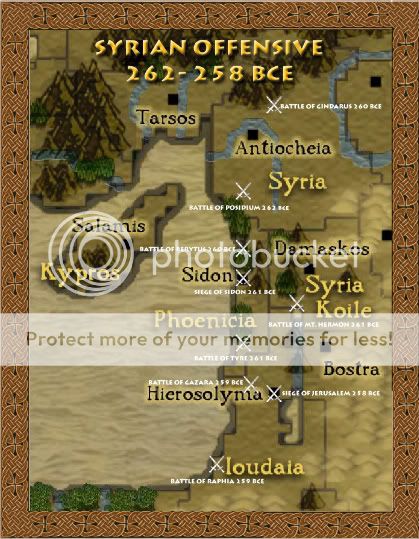

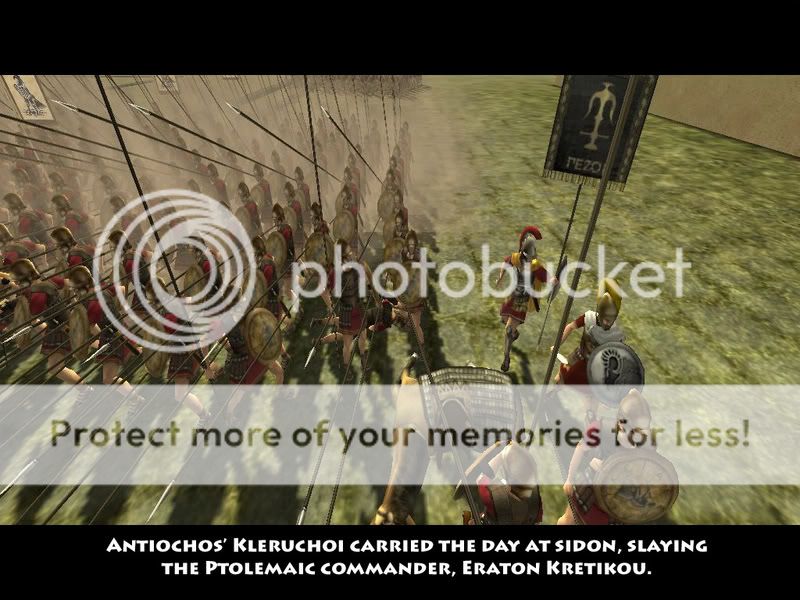


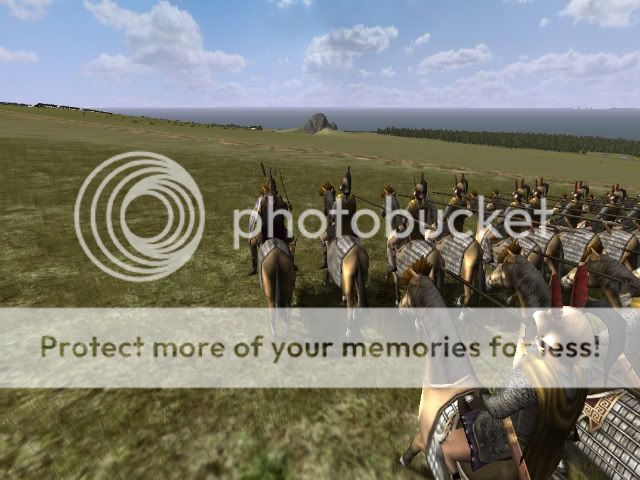
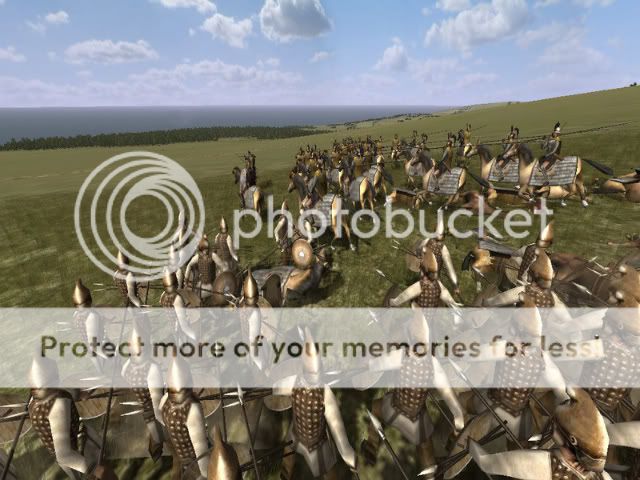
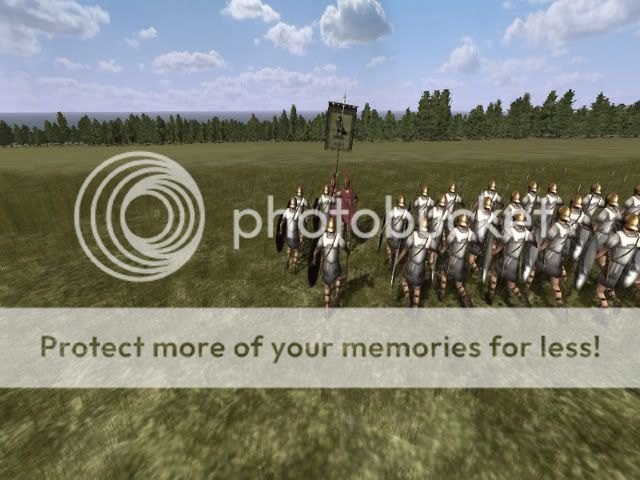
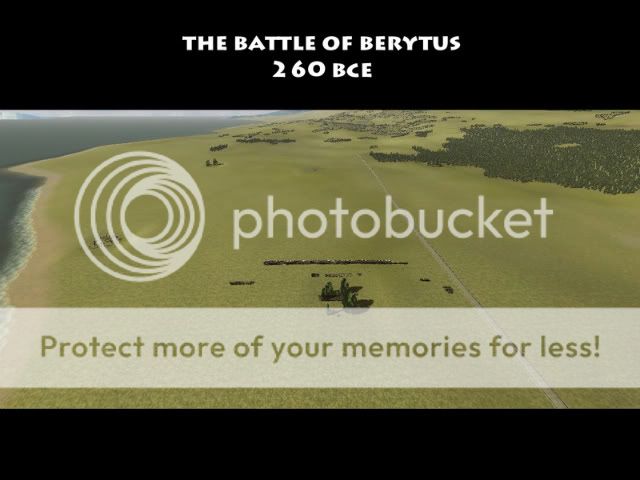

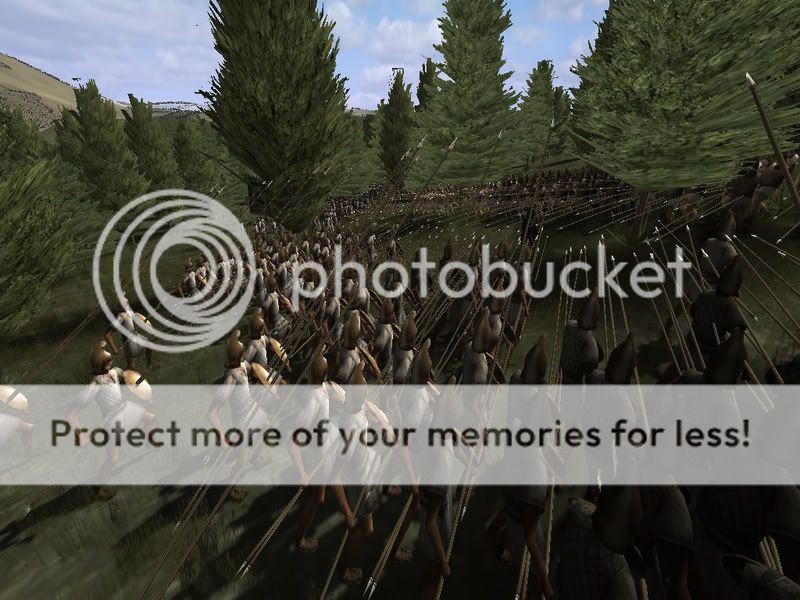
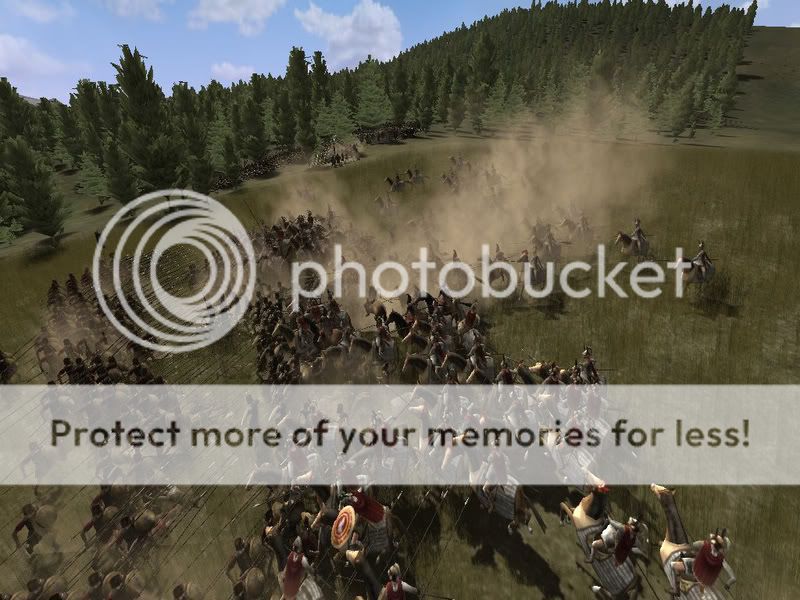
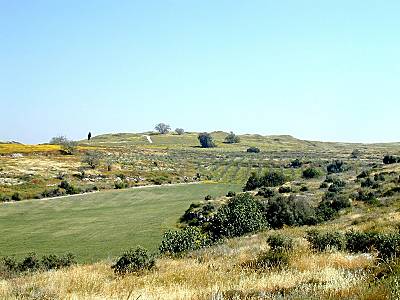
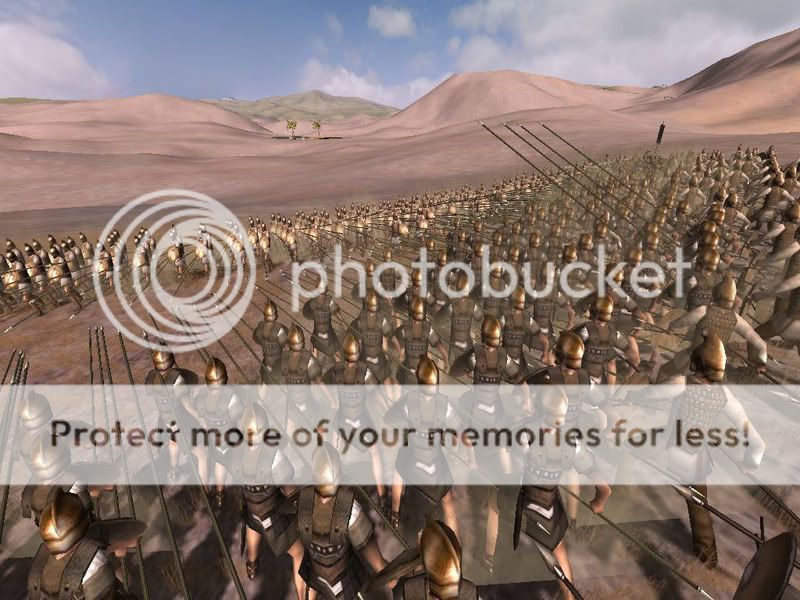
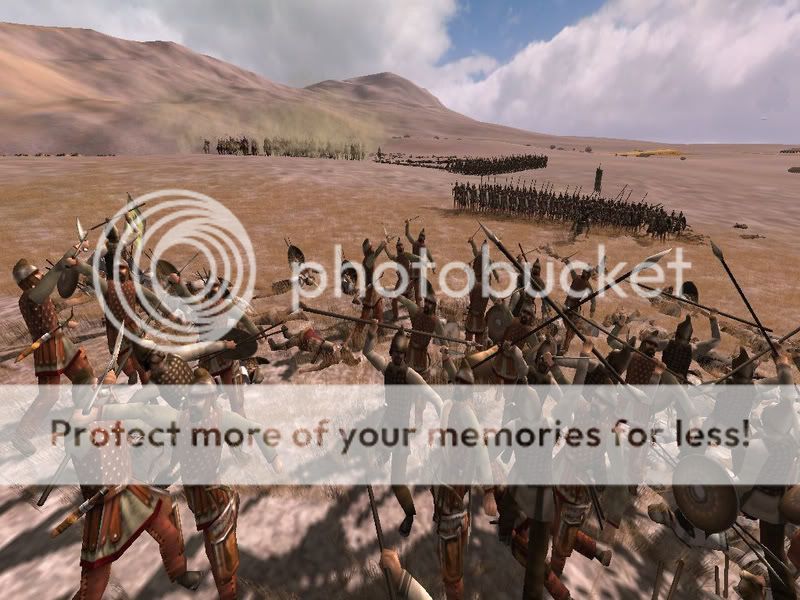


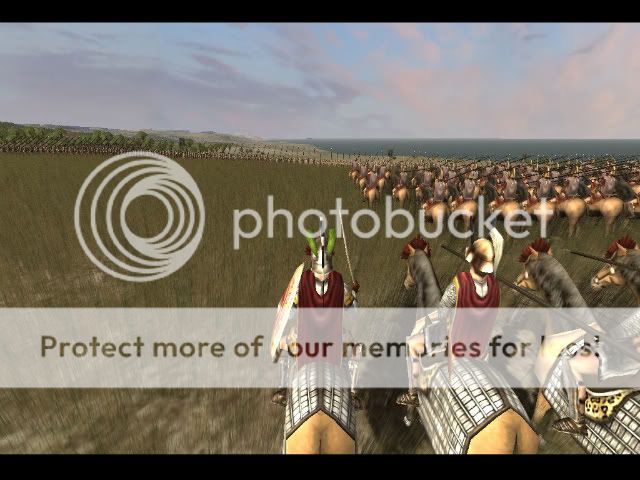
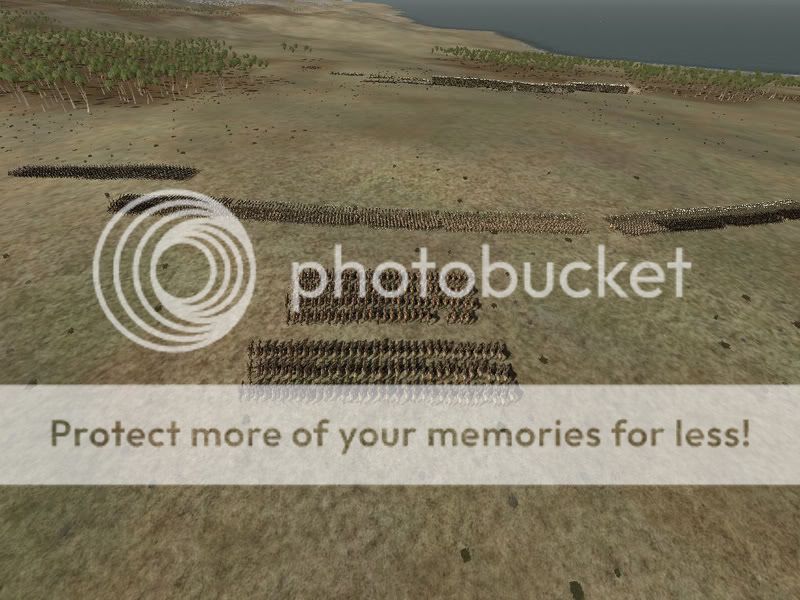
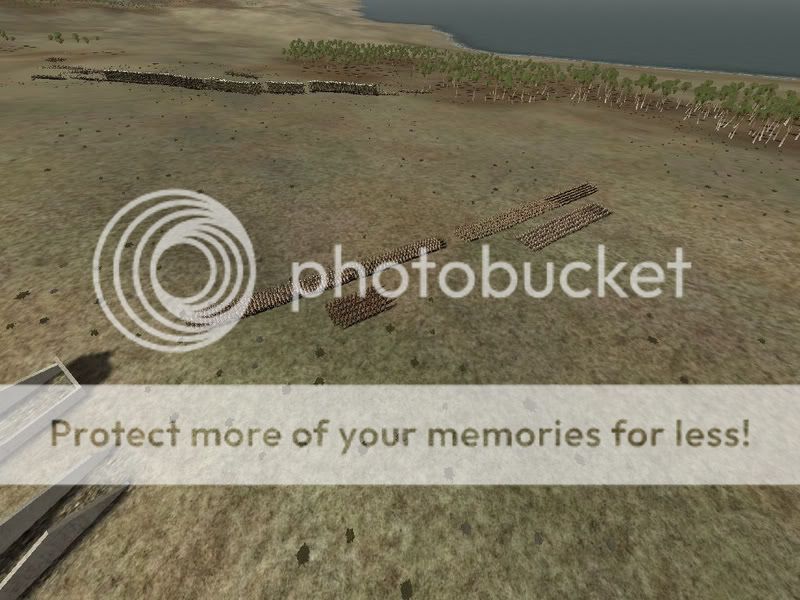
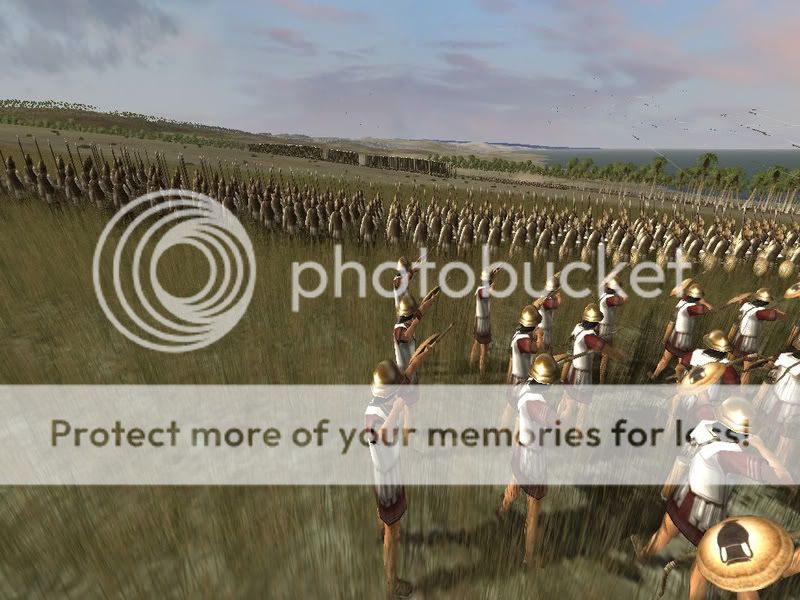
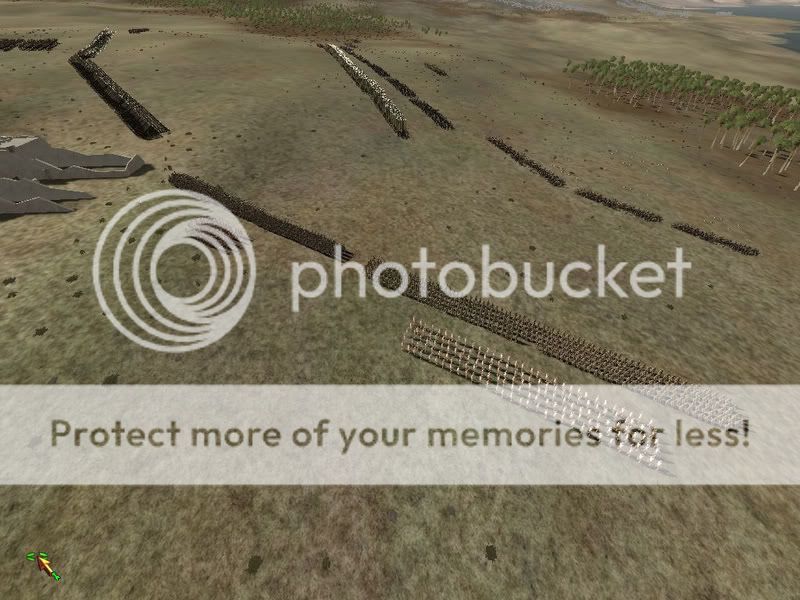
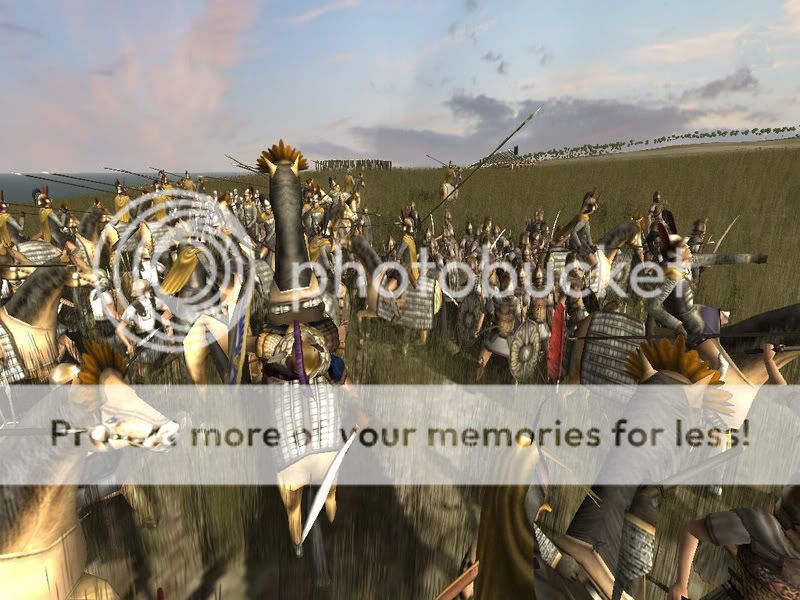
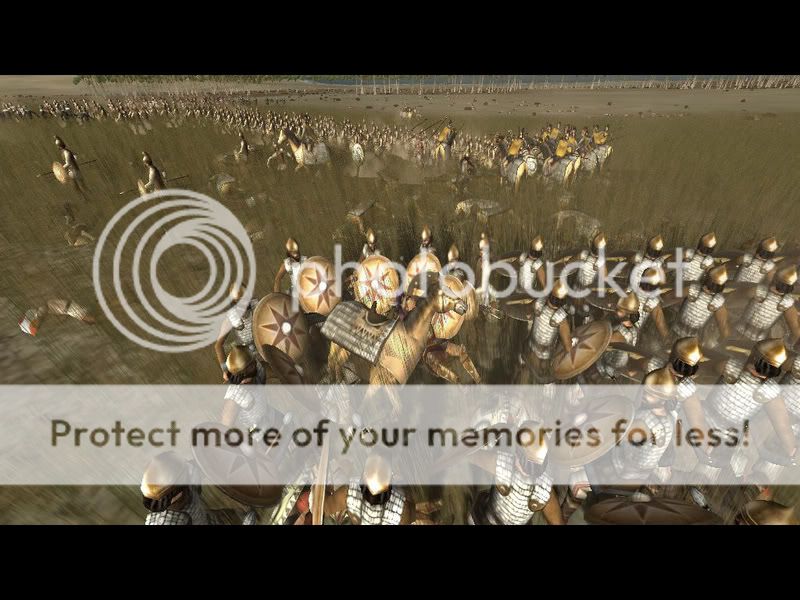
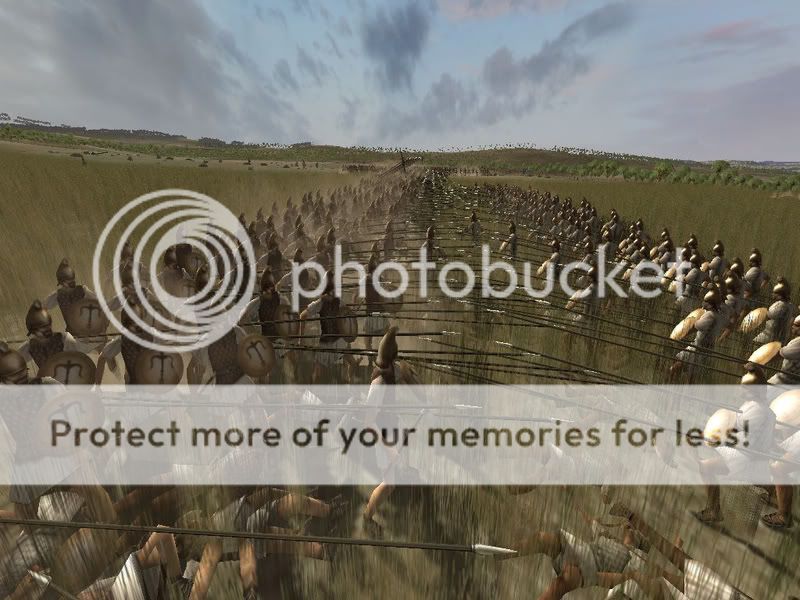

 from Satalexton
from Satalexton 
Bookmarks